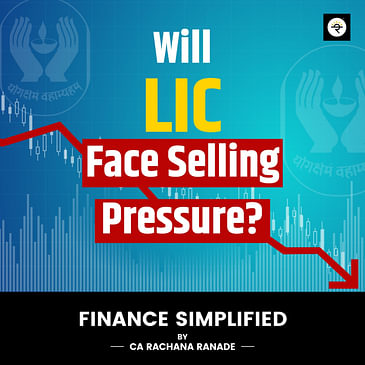In today's podcast, we will try to understand what is happening with LIC, the news around it and the overall fundamentals of the stock.
To start your journey in the world of personal finance and stock markets, don’t forget to visit my website www.rachanaranade.com, where you will find courses from beginner to advanced level.


